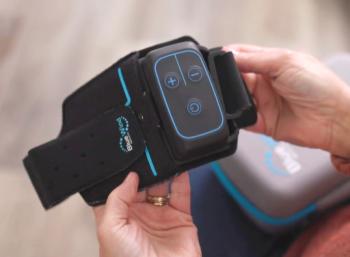
Doctors equally likely to accept patients with Medicare or commercial insurance, study finds
Results may ease concerns that Medicare payments don’t cover care costs
Even though
KFF researchers analyzed data from the National Electronic Health Records Survey from 2011 to 2019 to determine if there were any differences in the percentage of non-pediatric, office-based physicians accepting new patients covered by Medicare or commercial insurers. They found that 91% were accepting patients with private insurance while 89% were accepting patients covered by Medicare.
Within the broad findings there were variations both by specialty and geographic region. Among specialists, rates of Medicare acceptance for new patients ranged from 99% for orthopedic surgeons and cardiovascular specialists to 60% for psychiatrists.
Specialists’ acceptance rates for new patients covered by commercial insurance ranged from 100% for otolaryngology to 59% for psychiatry. The largest gap in acceptance rates was in obstetrics and gynecology, with 99% of practitioners accepting private insurance versus 93% accepting Medicare. For new patients with either type of coverage, psychiatry was the only specialty with acceptance rates of under 70%.
“This finding does not suggest that Medicare rates specifically contribute to access problems for beneficiaries,” the authors say, “but it does raise a concern about access to psychiatrists and potentially other mental health practitioners, an issue that was likely exacerbated by the COVID-19 pandemic with the increase in the
The states with the highest proportion of doctors accepting new Medicare patients were Iowa, Minnesota, Pennsylvania and South Carolina, all with 95%, and North Dakota (94%). The states with the smallest share of physicians accepting new Medicare patients were Maryland (80%), Hawaii, Oregon and Utah (79%), and the District of Columbia (76 This pattern was generally similar for privately-insured patients, where the share of physicians accepting new patients ranged from 96% (Arkansas) to 72% (the District of Columbia). For patients with commercial insurance, physician acceptance rates ranged from 96% in Arkansas to 72% in the District of Columbia.
When broken down by practice size, the study found that acceptance rates for new Medicare patients ranged from 92% for groups with six to 10 physicians to 81% for solo practitioners. Acceptance rates for patients with private insurance varied from 93% for six-to-10-physcian groups to 83% for solo practitioners.
“Despite concerns that lower physician fees paid by Medicare relative to fees paid by private insurance may disincentivize physicians from taking Medicare patients, our analysis suggests that Medicare beneficiaries continue to have good access to physicians, similar to people with private insurance,” the authors conclude.
Newsletter
Stay informed and empowered with Medical Economics enewsletter, delivering expert insights, financial strategies, practice management tips and technology trends — tailored for today’s physicians.














